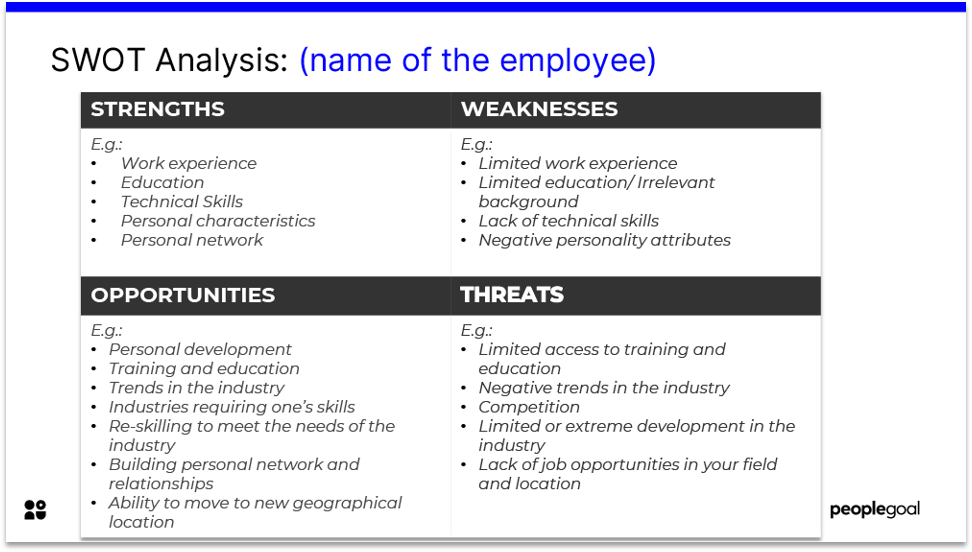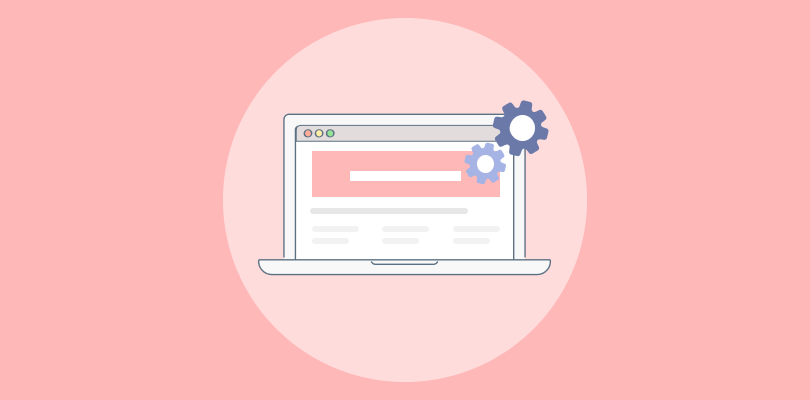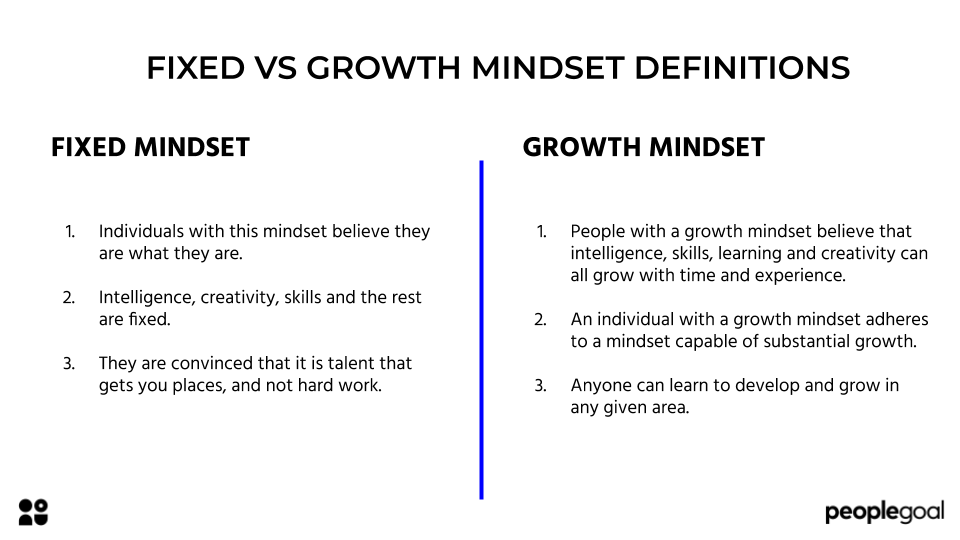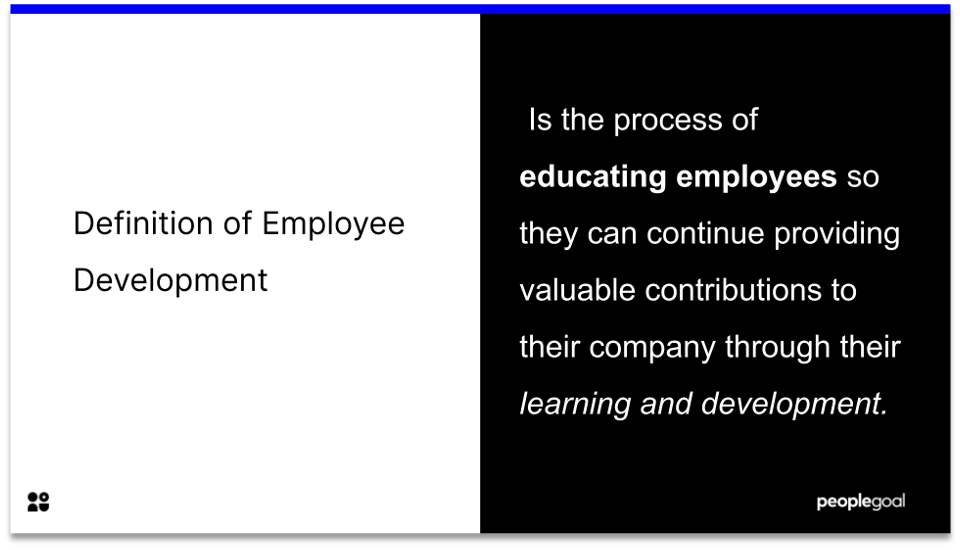As an employer, it is easy to have trust issues when it comes to your employee strengths and weaknesses, even more so with potential employees. With the wealth of content out there listing the best strengths and weaknesses to impress employers, it is hard to know which are genuine and which are hearsay. What’s more, an artificial list of strengths and weaknesses proclaimed in an interview or appraisal does not constitute a real person, in all their complexities.
There is also the problem of personality types – introverted employees tend to get overshadowed by the more extroverted, not based on talent alone, making it harder for employees to identify the strengths of the less competitive or self-assured employees.
Fear not, there are ways to find out the real strengths and weaknesses of your team, of which we outline here:
Employee Recognition and Feedback
PeopleGoal software enables users to leave feedback or send recognition of a colleague which you can track from your end to see how your employees are performing. From the feedback employees are receiving, you can determine what kind of strength and weaknesses each of them has, or don’t have. What others have to say about a person can often be more telling their character and skill set than what they have to say themselves.
Competition, Incentives and Gamification
Every team will have competitive people and not-so-competitive people, which will vary massively from industry to industry. Nevertheless, by increasing engagement and bringing a fun element to work processes, competitions and gamification of HR are a powerful tool for identifying your employee strengths and weaknesses.
That being said, competitions do pose a big problem. As said previously, there are competitive people and there are people who are not and this fact can obscure the reality of your talent bank.
Intranet and Social Media
Enterprise social intranets are a platform for employees to show off their best attributes, achievements, feedback, experience and areas of interest. You can learn a lot about employee strengths and weaknesses from their user activity on work platforms and fail that, their social media profiles.
LinkedIn is a great platform to investigate your employees’ background. People’s profiles are usually public and if not, it is the kind of social media network that normalizes employers adding their employees. The recommendations and endorsements feature allows you to see what previous employers, managers and colleagues have said about them and which skills they have verified. You can even make inferences from the way or the frequency of their posting. Do they often ask for help in their posts? Have they got a strong tone of voice or written communication?
“Social intranets can yield insights about employees’ networks and relationships, as well as their attitudes towards work”
SWOT Analysis
A SWOT analysis considers a person’s Strengths, Weaknesses, Opportunities and Threats. Implementing an individual SWOT for each of your employees will help you to get a better understanding of their strengths and weaknesses and identify their training and development needs.
Review all Employee Performance Assessments
To get a full picture of your talent bank, gather all employee performance reviews and identify skills gaps and training plans that are already active.
Create The Template
Create a four-square table, labelling the upper left square ‘Strengths’, the lower-left square ‘Threats’, upper right as ‘Weaknesses’ and lower right as ‘Opportunities’. Then you can then create a list applicable to these four squares.
Alternatively use our SWOT template including examples for each of the sections:

Get the D-Low from Managers
Collect information from all department supervisors and managers regarding their subordinates.
Compare Your Findings
Compiling the feedback with performance assessments you have received for each employee will help you to see whose performance is not up to standards and what strengths and weaknesses each of them have.
Time to weigh up
At this point, you can analyze which weaknesses are prevalent and how they are affecting your business which ones are worth working on and which ones aren’t? Is it a learning curve? Can be training be provided? What is the hiring market like at the moment?
Align Opportunities with Weaknesses and Threats
Work into the opportunities and align them with the weaknesses and threats. If there is a lay-off coming from a competitor, consider contacting the employees that will be involved. If there are new training or software programs available that can enhance the performance of the company, consider them. If it would be beneficial to do some job enhancement or enrichment, it may be the right time.
Training
Now to align your graph with your training program. The area labelled as strengths is useful for when you need to allocate tasks to specific employees or teams and the weaknesses area indicates important topics for training. Opportunities and threats should indicate what training investments would be suboptimal for business (you want to be proactive, rather than reactive).
Verdict
In any situation, when evaluating strengths and weaknesses, you have to take it with a pinch of salt. People will always overstate their strengths whilst downplaying their weaknesses, it’s human nature. This only emphasizes the importance of frank discussion, sharing knowledge with the breadth of your team and conducting realistic surveys and assessments.
Ready to 3x Your Teams' Performance?
Use the best performance management software to align goals, track progress, and boost employee engagement.






